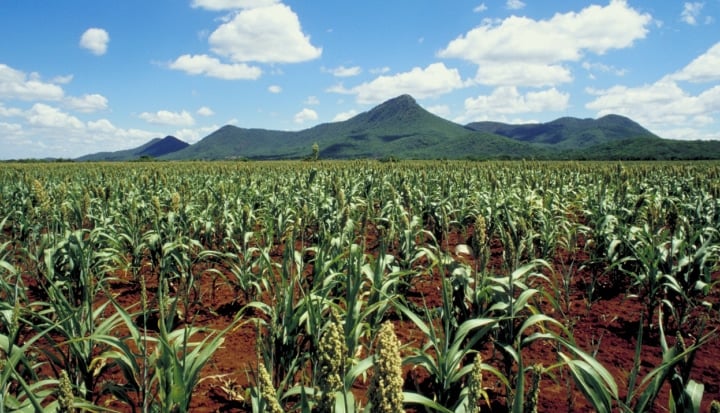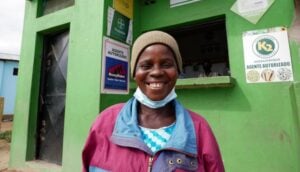Government assistance is simply not enough to tackle rural poverty. The U.S. food security program, Feed the Future, is a relatively new effort to target key countries and communities to promote food security. It is vitally important and has been carefully-designed and implemented. Feed the Future is focused on 19 countries; but food security and agricultural development is an important part of the agenda for most every developing country. Like all efforts related to global hunger, Feed the Future has limits in scope and scale. The challenge for the next twenty years is to promote food security and agricultural development efforts that will help all hungry and malnourished people. This will take a lot of participants, a lot of work and a large toolkit. Facilitating investments and productivity growth, whether for a Feed the Future country or not, should be a major priority for U.S. development efforts, and can be done more effectively with creative and flexible engagement with the business community.
To decrease rural poverty, incomes must rise through increases in productivity combined with well-functioning markets to sell goods. Engagement with companies, ag businesses and research organizations can improve prospects for food security, within and beyond Feed the Future countries. Following are five approaches to advance food security priorities through business-related activities.
- Develop a toolkit of approaches. Seek ways to leverage U.S. government capabilities that will promote investment in the ag sector, such as capacity building, science exchanges, training for food producers and processors, and use of satellite data for monitoring weather, forests, and fisheries.
- Support companies interested in investing in countries and sectors which are not official \Feed the Future priority areas. Much of the investment in rural economies and value chains will be market-driven, and the United States should – through coordination and communication with embassies and AID missions – support responsible investment even when it falls outside of the designated country or crop priorities.
- Use trade agreements’ capacity building and development chapters to promote ag development. Meeting sanitary and phytosanitary (SPS) requirements, building small to mid-sized farmers into national and international value chains, and training around technologies and inputs can simultaneously increase trade and improve opportunities.
- Co-invest – with host governments – in science and research efforts that will not just improve productivity and performance of agriculture, but that will develop more capacity on food processing, management, and marketing.
- Revitalize extension. Educating farmers about new products, techniques, and technologies will be vital to increasing productivity, nutrition, and environmental stewardship. New approaches of agrodealers, fee-for-service models, and training which companies may provide to suppliers will all be necessary components of improving agriculture and food security.
Daniel F. Runde holds the Schreyer Chair in Global Analysis and is the co-director of the Project on U.S. Leadership in Development at the Center for Strategic and International Studies in Washington, DC.
This blog is part of a 6-part special with the Center for Strategic and International Studies (CSIS). Follow CSIS on Twitter (@CSIS).









